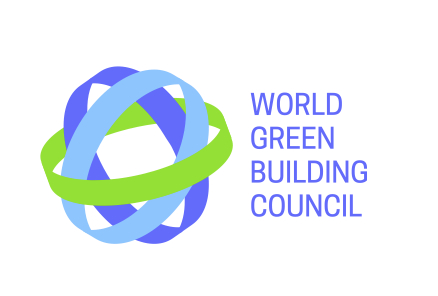Code Green Solutions


A recently released World Green Building Council report sheds light on the linkages between occupant health, well-being, productivity and green buildings. The report focuses on the office environment and provides both a background on some existing evidence linking design features with human health outcomes as well as a framework for measuring impact. The framework is designed for use by office owners, managers and occupiers and offers suggestions for the use of metrics that are likely already being collected by managers and directors of HR.
The report recommends use of the following metrics:
It is suggested that absenteeism be viewed as an indicator of health while staff turnover/retention can be viewed as an indicator of well-being. Not surprisingly, revenue breakdown would be used to capture productivity. The report also noted that the rise of wearable devices opens up a new realm of possible ways building owners and managers will be able to measure human health and experience outcomes as related to various building design and operations features.
The report introduces real estate executives to existing thinking around human outcomes within buildings and serves as a good primer for individuals who aren’t familiar with the topic. It also aims to support the economic case for green buildings by illustrating the impact that design features can have on operating costs related to staff. As highlighted in the report, on average 90% of an organization’s operating costs are accounted for by staff costs. Therefore, even a small reduction in staff costs can lead to a meaningful reduction in overall operating costs.
Documents such as this one are useful due to their ability to empower building owners and managers to become more intentional about monitoring health outcomes related to building design and operations. This will support the creation of an increased evidence base that will ultimately enable the construction of healthier spaces. Access the full report online.